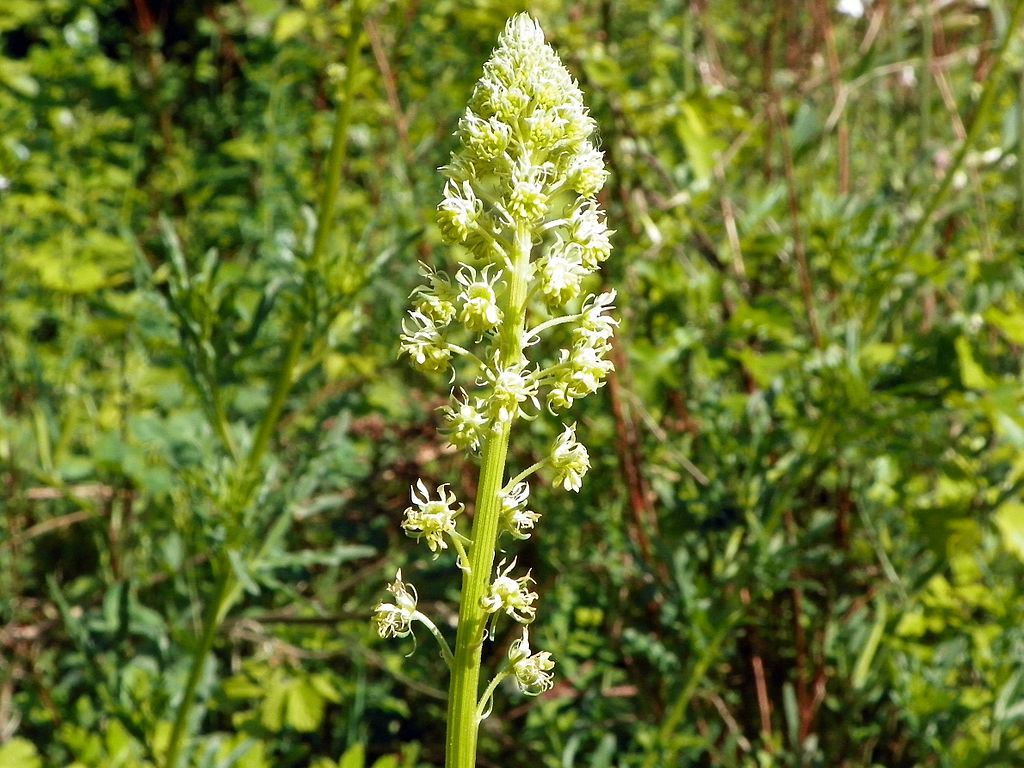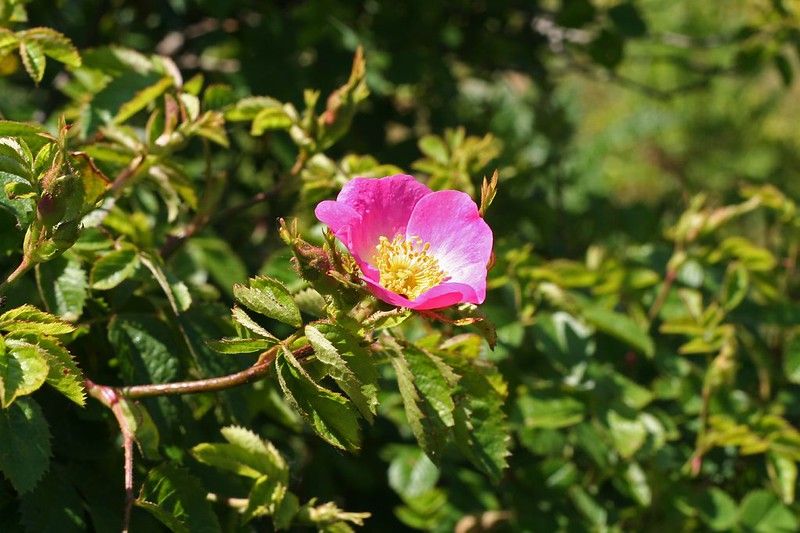IV: Mignonette
How a sweet can cause a chain reaction to a sting.

Good morning. Today is quartidi, the 14th of Vendémiaire, Year CCXXXI. Today we celebrate le réséda, a stalk of perfumed flowers.
Not every plant on this calendar is a superstar. Mignonettes (or reseda odorata) are pleasant flowers, to be sure. The grow in fragrant stalks that are seemingly custom-made for bouquet building, making up for their lackluster blooms with a heady, ambrosial scent that can enhance an otherwise dull-to-the-nose brace of iris.
Gardening suppliers are fond of repeating that Napoleon sent mignonette back to his Empress Josephine from Egypt while we was about conquering and generally being a 19th century jerk. If you can't tell, we don't like Napoleon. Sure, he restored order after the terror – and boy, did the terror need an ending – but taking out a perfectly good republic for another century's worth of faffing about with various forms of royalty is disgraceful. Vive la république!
But why do flowers smell good? These aren't particularly perfumed wonders like tuberose, or medicinal like sweet briar, or tool-makers like teasel, or even patriotic like goldenrod. They just smell nice.
The truth is, while we've managed to find a use for many, many flowers in the world, vanishingly few give a damn about it. Flowers aren't for us. Unlike fruits and vegetables, they didn't co-evolve into a symbiotic relationship with mammals for propagation. Flowers just want the insects.



